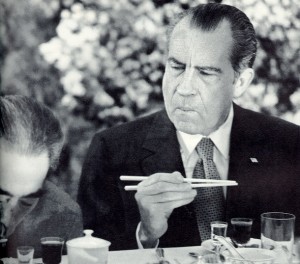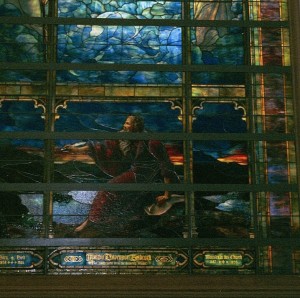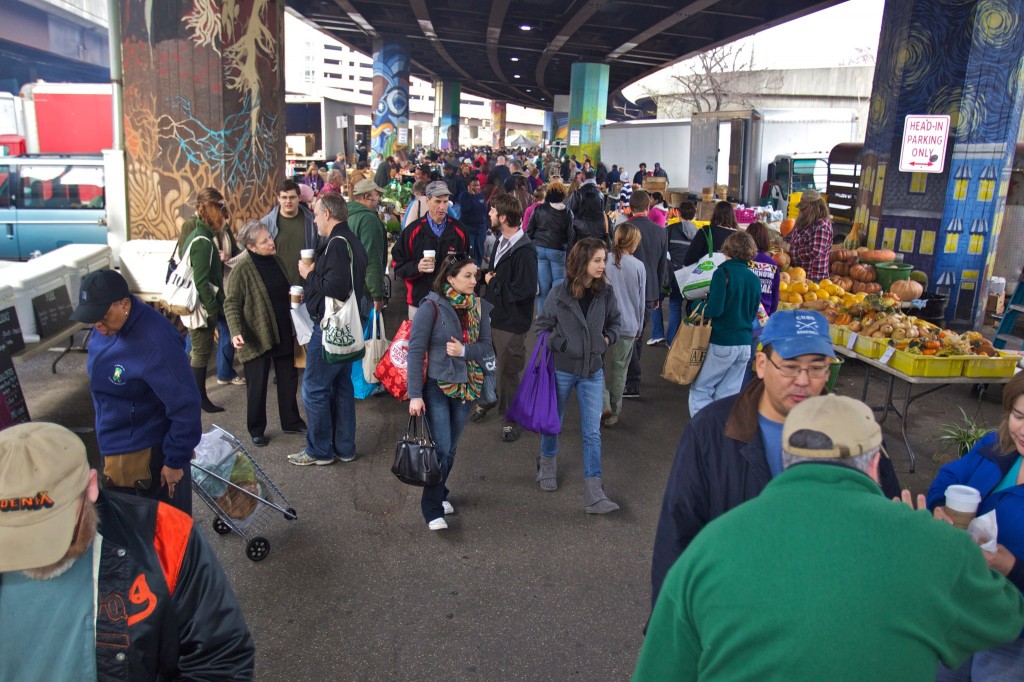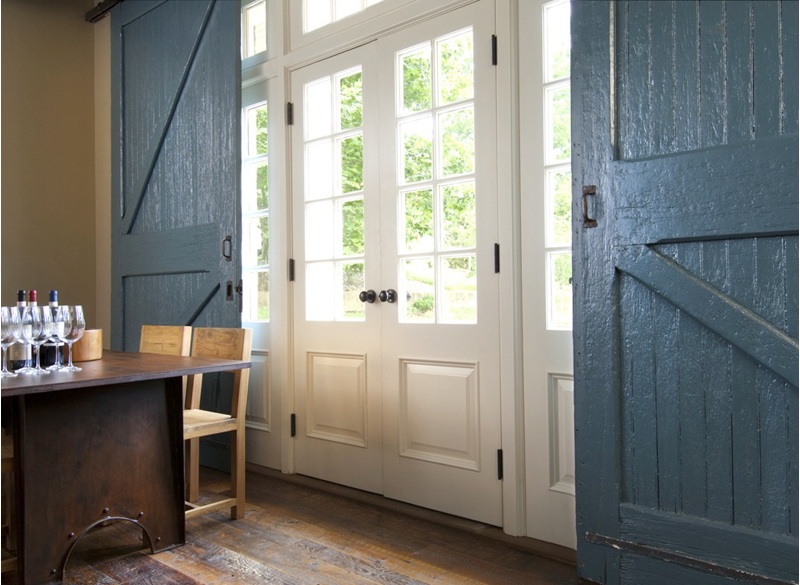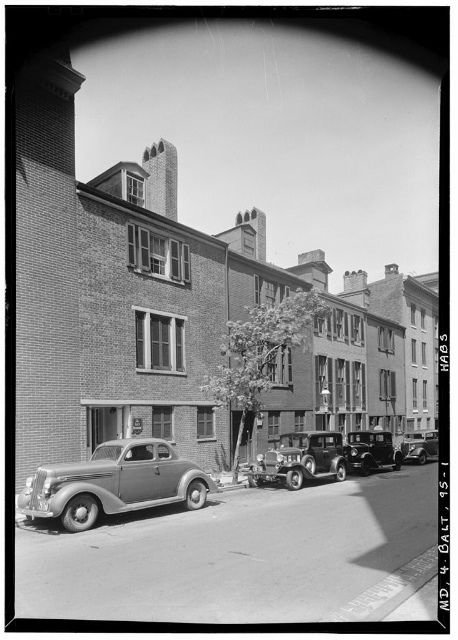
Established in 1925, the Hamilton Street Club occupies a pre-1820 townhouse in a row designed by early Baltimore architect Robert Carey Long, Sr. – also the architect for the Peale Museum and Davidge Hall. Among Baltimore’s private social clubs, Hamilton Street has a reputation for both intellectual conversation and irreverence. It is a place where, as Francis F. Beirne recounted in The Amiable Baltimoreans, “anybody could say what he pleased and talk as long as he pleased but nobody was required to listen.”
The club’s popularity among by local writers, as well as journalists and editors from the Baltimore Sun, led long-time club president and owner of the Victor G. Bloede Chemical Co. William W. Woollcott to remark, “Here I am, the only businessman in the club, surrounded by parasites.” Join us at the club on May 31 for food, drinks and great conversation with fellow preservationists, including a chance to meet a few of the club’s long-time members.
Bonus! Walking Tour of Mt. Vernon’s Historic Clubs
Work up a thirst before the happy hour with a quick stroll through the history of private social clubs in Mt. Vernon. On a short walk from Mt. Vernon Place to the happy hour, we’ll share stories of Confederate sympathizers, tireless social reformers, and the most serious of university scholars from the neighborhood’s private social clubs from past and present. The tour begins at 6:00pm in the north park of Mt. Vernon Place by Charles and Madison Streets.

